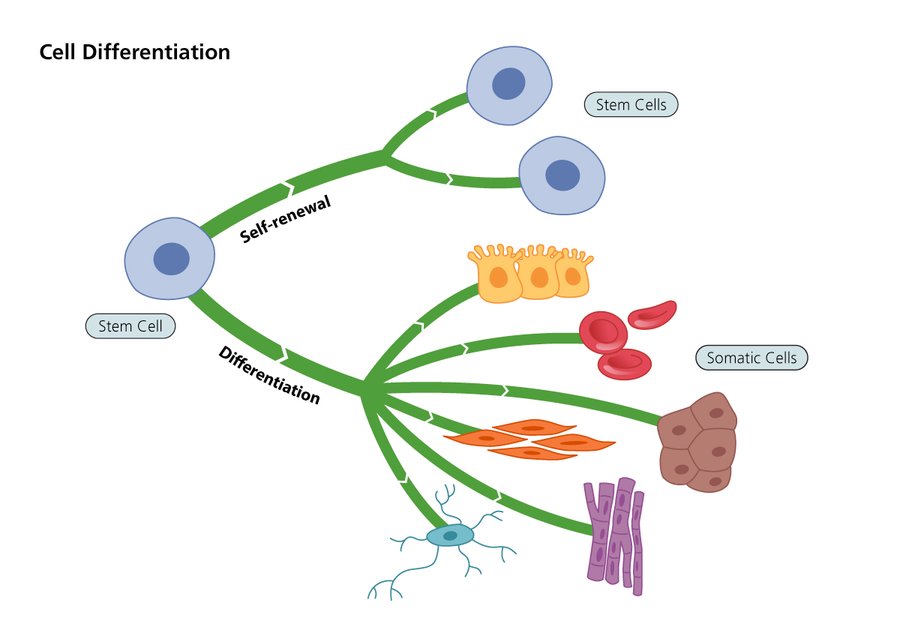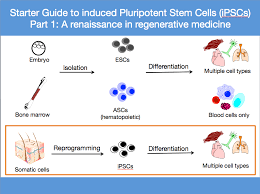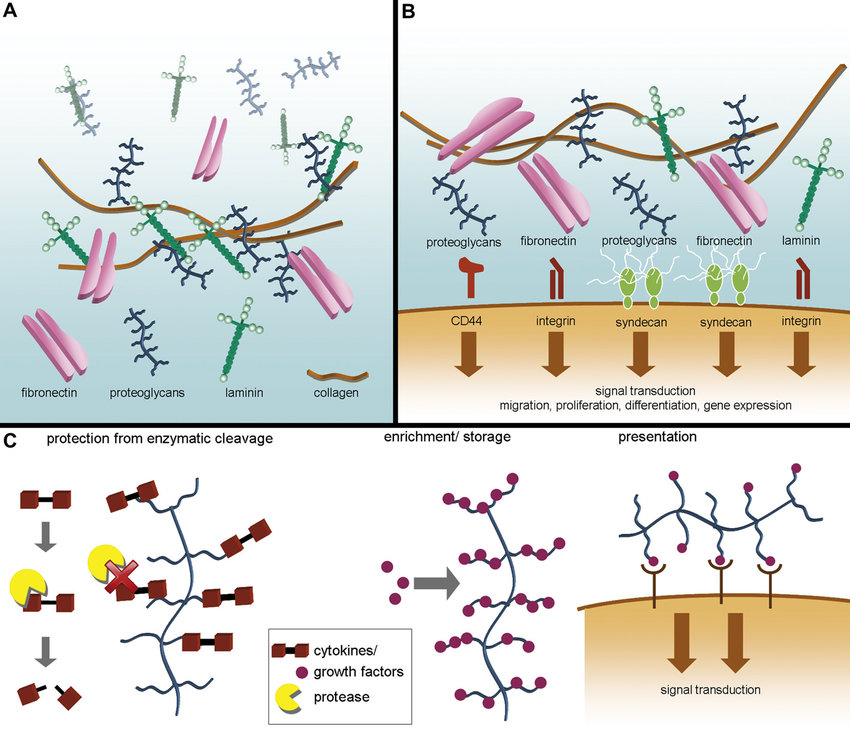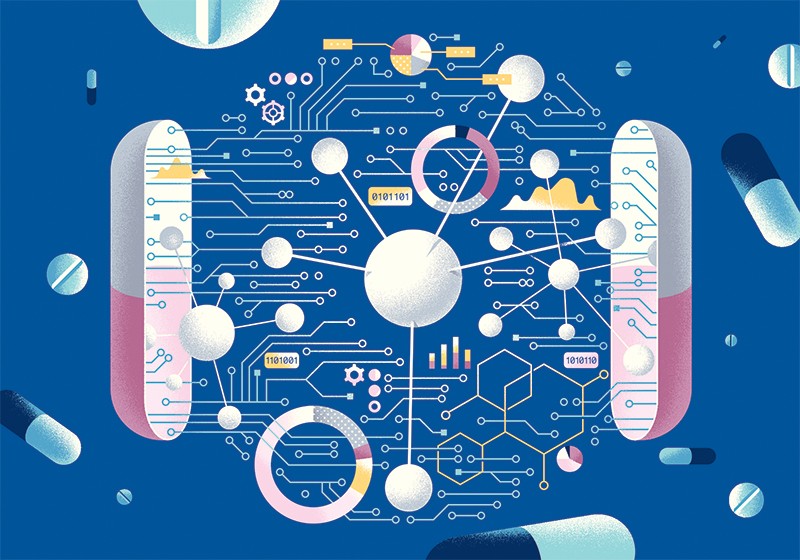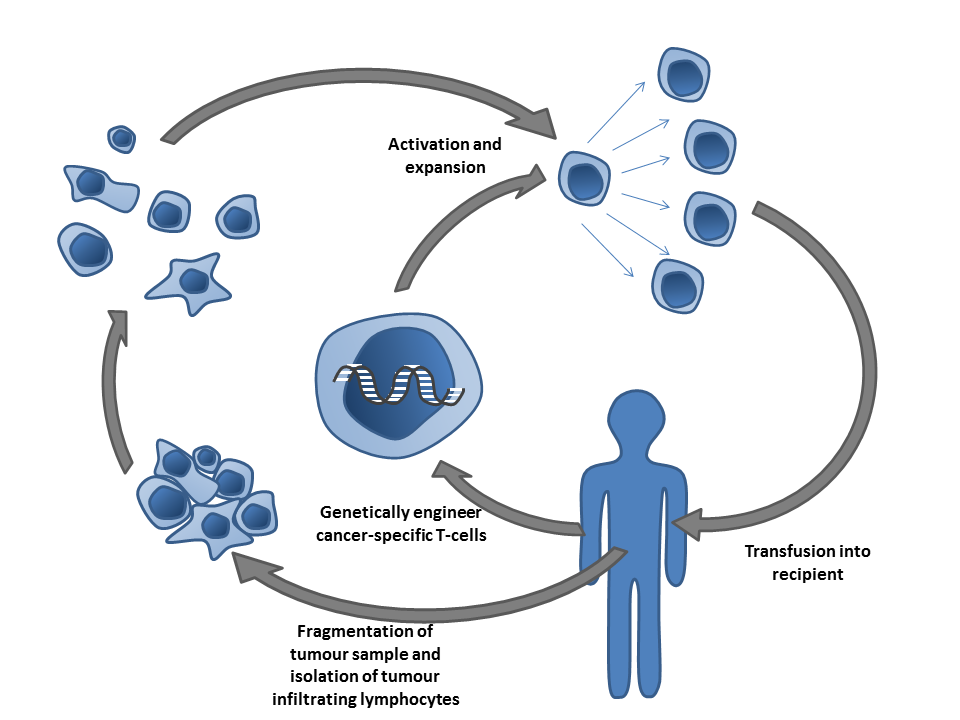Factors affecting tumor spheroid formation for cancer research
Tumor spheroids are three-dimensional cell culture models that have gained significant attention in cancer research because they provide a more physiologically relevant environment for studying tumor biology compared to traditional two-dimensional cell culture systems. 3D spheroids contain a dense network of
Stem cells – a new tool to investigate rare diseases
Stem cells have the capacity to self-renew to produce additional stem cells by process of mitosis. They can be classified as multipotent (ability to give rise to multiple cells within a lineage), pluripotent (ability to give rise to cell types
Embryonic stem cells as tools for investigating human development
Human embryonic stem cells (hESCs) are pluripotent stem cells derived from the inner cell mass of human embryos in the blastocysts stage of development. They show an unlimited capacity to self-renew in culture systems both in vivo and in vitro.
Ribonucleic acid – An essential intermediate
Ribonucleic acid (RNA) is a nucleic acid that can be found in all living cells and has structural similarities to DNA. Unlike DNA, RNA is single-stranded. An RNA molecule has a backbone made of alternating phosphate group and the sugar
Introducing nucleic acids – Transfection of eukaryotic cells
Transfection is a widely used technique to introduce foreign nucleic acids into eukaryotic cells. It is an essential tool enabling studies on gene function and gene products in cells. Advances in research techniques have enabled the transfection of various types
Induced Pluripotent Stem Cells – New cell replacement therapy
Induced pluripotent stem cells are a new type of pluripotent cells which can be obtained by reprogramming animal and human differentiated cells. Pluripotent stem cells are a unique model for studying a variety of processes that occur in the early
Influence of ECM Composition on Cell Phenotype And Drug Response
Drug development is often a lengthy and costly process. Despite the technological advancements made in this regard in the past century, it still has low success rates in clinical trials. Presently over half of drugs that make to Phase 2
Tissue Microenvironment Factors Affecting Cell Behaviour And Drug Response
The many failures encountered in drug discovery processes have propelled the advancement of reliable research platforms to better mimic in-vivo like cellular structure and function thereby obtaining physiologically relevant cellular responses to drugs. To this end researchers have focused on
Cell therapy : Stem based cell therapy
Cell therapy refers to as the transfer of autologous or allogenic cellular material into a patient for medical purpose. In the year 1889, the first practices of cell therapy were done by Charles-Edouard Brown-Sequard in hormone therapy back then. He
Cultivating spheroids from primary cancers and cancer stem cells
Cancer stem cells constitute a fraction of cancer cells, that are able to self renew, and differentiate to generate entire tumor structures. These cells were discovered in the 1990s, in hemopoietic cancers, and subsequently reported to be present in solid



